


Dolus
gamer level 7
13287 xp
13287 xp
followers
213
213
Use my invite URL to register (this will give me kudos)
https://boardgaming.com/register/?invited_by=dolus
profile badges




recent achievements

Private eye
Follow a total of 10 games
Follow a total of 10 games

Treasure Map
Explore select games by completing a series of exploration actions. learn more »
Explore select games by completing a series of exploration actions. learn more »

Followed my first game
Follow a game by clicking "Follow" on the game page
Follow a game by clicking "Follow" on the game page

Professional Advisor
Submit 25 game tips, strategies, or house rules and receive a total of 1200 positive ratings.
Submit 25 game tips, strategies, or house rules and receive a total of 1200 positive ratings.
Player Stats
Critic (lvl 4)
2235 xp
2235 xp
Explorer (lvl 1)
194 xp
194 xp
Professor (lvl 5)
3149 xp
3149 xp
Reporter (lvl 2)
491 xp
491 xp
About Me
I love just about any type of game, but my favorite are strategy games. I am also starting to get into designing board games, although I don't have much time for it yet and obviously no experience.



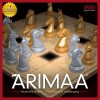
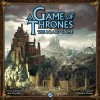

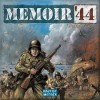













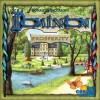


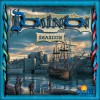


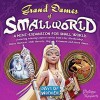




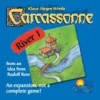
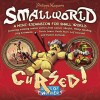





















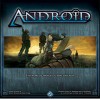

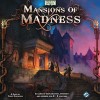




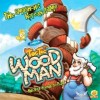










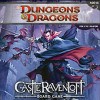


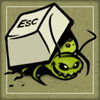



Arimaa
Arimaa is a pure strategy game which takes its roots from Chess. In fact, it can even be played using a chess board and chess pieces. The pieces (and suggested chess-equivalent pieces) are ordered in strength from strongest to weakest as follows:
Elephant = King
Camel = Queen
Horse = Rook
Dog = Bishop
Cat = Knight
Rabbit = Pawn
The goal of the game is to get one of your rabbits to the opposite side of the board. At the game start, the starting (gold) player can set up your pieces in any formation in the first two rows of the board. Then, the second (silver) player may respond and set up his side of the board as he chooses. All pieces share the same movement, being able to move orthoganlly forward, backward, left, or right, except for the rabbit, which can’t move backwards. Players make 4 moves per turn. Additionally, a stronger pieces may push a weaker opposing piece by moving the weaker opposing piece into one of its adjacent spaces, and then moving your stronger piece into the now vacant space. Stronger pieces can also pull weaker pieces into its space and move itself into an adajacent space. It takes an extra movement to push or pull another piece.
Weaker pieces that are standing next to a stronger piece and no friendly pieces are frozen in place and can’t move. There are also four spaces on the board that are Trap spaces, and any piece on a trap space without a friendly piece adjacet to it is immediately captured.
This game is in many ways like Chess in that all game information is public-knowledge and the game is deterministic and highly strategical. However, it is much more difficult to make a capture and there are so many possible moves in a turn (over 16,000!) that it is not always obvious what the best move is. Additionally, since you have 8 different pieces that can all win you the game by getting any one to the other side, this allows players to still be in the game and posing a valid threat to the opponent after having lost many strong pieces. In fact, I won one game with only 5 rabbits left alive at the end. Even my elephant was captured! Though I’ll admit, I sacrificed my elephant for the last-turn win.
The components in this game are great. The pieces are clearly identifiable and unique. They’re weighted well so they don’t easily fall over. In fact, I often have to push them over deliberately to put them back in the box. The board itself can be flipped over and used as a regular chess board. And since you can also play the game with a regular chess set, it makes the game widely accessible to try out. Though I do greatly enjoy the game much more with the Arimaa set.
The rules are pretty simple and straightforward, although there can seem to be a few nuances and special exceptions, such as rabbits being unable to move backward.
All in all, I highly recommend this game and encourage you to try it out!